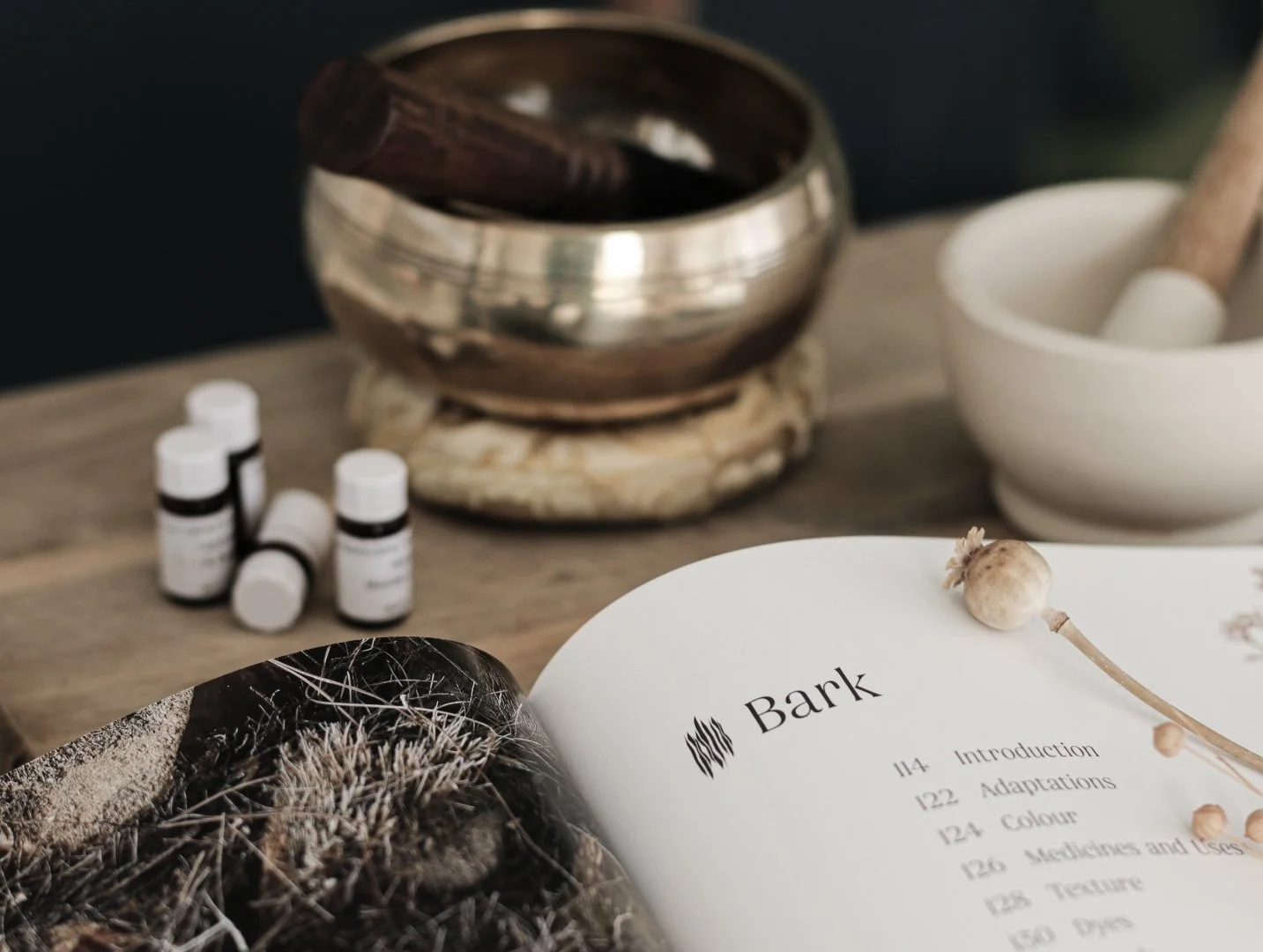Treating First Aid and Acute Illness with Homeopathy
During these times when it might be difficult to see your GP as quickly as you need to, if you haven’t already, it could be practical to gather knowledge and have some practised healing tools, that you are confident to use in times of need. There are many holistic and complementary therapies that can help with First Aid & Acute Illness. Homeopathy being a great example of this.
Homeopathy has been around for 200 years and was developed as a form of holistic medicine by a German doctor and pharmacist, Samuel Hahnemann. It is the second largest system of medicine in the world, over 200 million people use it worldwide. In India more than 100 million people depend solely on homeopathy for their healthcare.
How is this relevant to us today? Homeopathy can empower us to treat acute issues and use in first aid situations. This is because Homeopathy is safe, non-toxic, and non-addictive. It can be taken alongside conventional medicine and is suitable for all from babies to seniors. Homeopathic First Aid can be used for accidents, injury, or trauma, and can be for physical or emotional issues. Examples are Burns, Bruising, Shock We can also help with Acute issues which are usually short-term, or an Illness caused by an Infectious agent. Examples are Fever, Sore throat, Earache, Chicken pox.
The Helios Basic 18 Kit Covers some of the most common ailments and minor injuries for all the family, and is comes free when you book onto my 2-hour workshop on Treating First Aid & Acute Illness with Homeopathy
What’s in The Box
You may have heard of some of the Remedies Included in the kit: Aconite, Apis, Arnica, Arsenicum, Belladonna, Bryonia, Cantharis, Chamomilla, Gelsemium, Hypericum, Ignatia, Ledum, Mercurius, Nux vom, Pulsatilla, Rhus tox, Ruta and Silica.
Homeopathic medicines are known as Remedies are sourced mainly from plants and minerals. (Although not exclusively).
As a Homeopath I use my morning walks to notice the plants that form the basis of homeopathic remedies. I love the way nature gives us clues to the beneficial uses of plants. I love to explore the remedies in relation to the time of year they grow and bloom, the colour of the plant and where they grow.
The Doctrine of Signatures
Dating from the time of Dioscorides (40–90 AD), a Greek physician, pharmacologist & botanist. The Doctrine of Signatures states that herbs and plants resembling various parts of the body can be used to treat ailments of those body parts, or the similarity of plant colour can match the colour of symptoms. It was believed that plants were marked with ‘signs’ or ‘signatures’ of their purpose. These signs could be shape, colour, or texture and serve as a clue to which organ the plant treats. Examples include the walnut (which looks like a brain) and is used for brain and head related ailments and functions. Eyebright is said to resemble the human eye and is used for treating eye infections.
I introduce these principles into my workshop, which makes for fun and interesting learning. You will learn the basic 18 Remedies and how to use them for everyday injuries and acute complaints.
Homeopathy treats individuals with the aim of stimulating their own natural healing ability. For chronic conditions, you should seek advice from doctor or qualified homeopath. To book onto one of the Treating First Aid & Acute Illness with Homeopathy workshops – please contact me for details.
Always remember for EMERGENCIES - CALL 999 or your Doctor.

